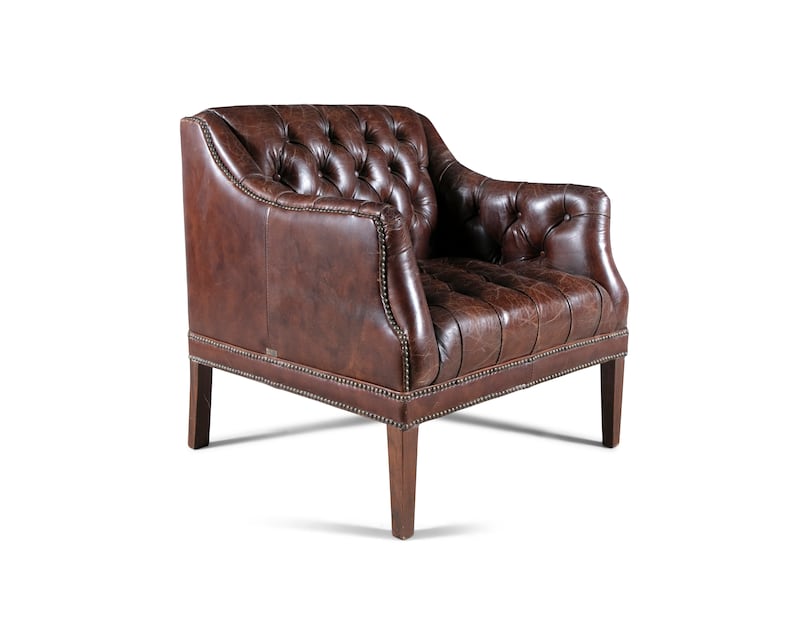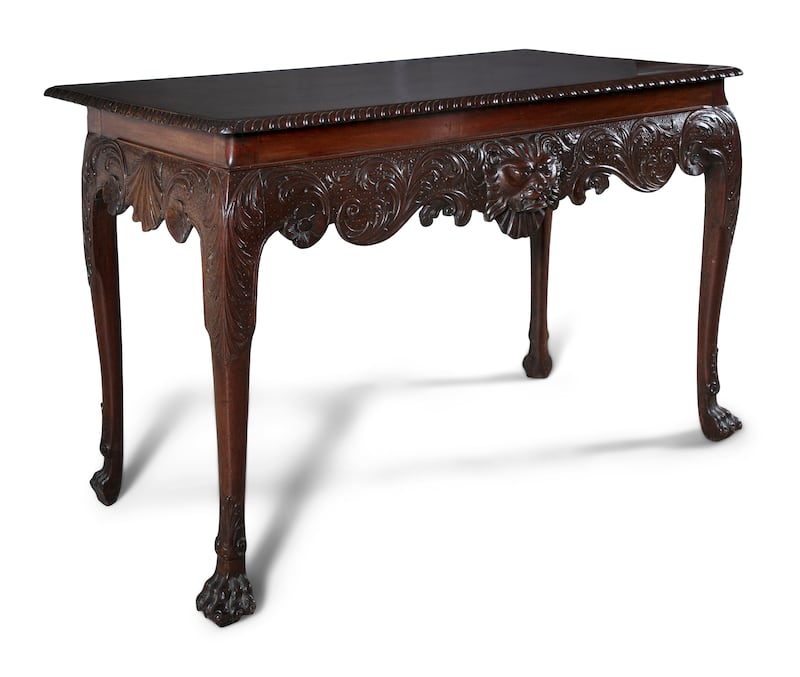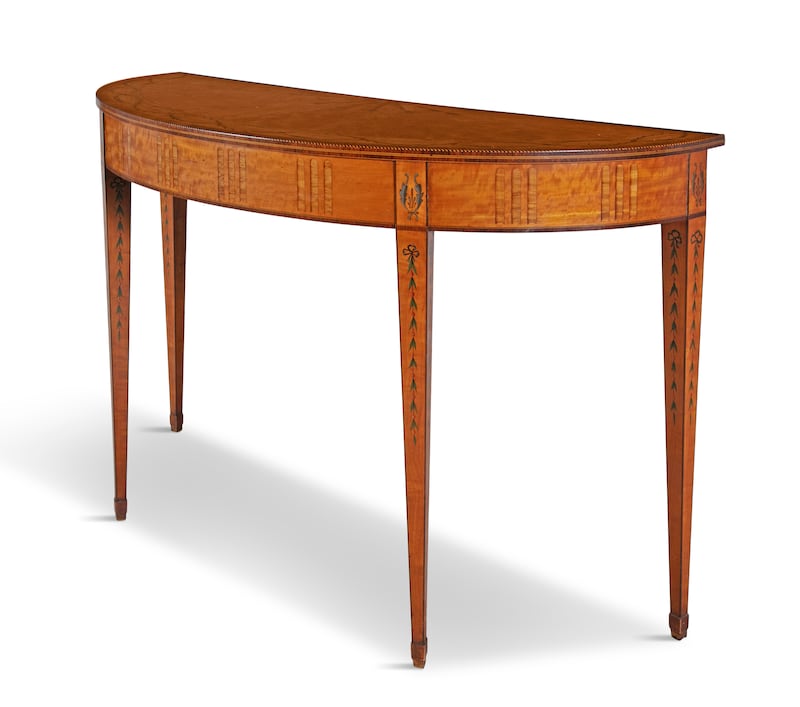If you’re an “eclectic aesthete” then you’re likely to find something of interest at an upcoming sale, which has about 400 lots comprising silverware, porcelain, maps, books, paintings and all manner of collectables.
The Library Collection, a live online sale by Adam’s of St Stephen’s Green on April 26th, is devoted to period furniture, says James O’Halloran of the auction house.
One of the highlights is a set of giant Irish deer antlers. For many years these crowns were deemed to be of the Irish elk but in fact are neither Irish nor elk, but are those of Megaloceros Giganteus, the giant beasts that roamed Ireland, Europe, Northern Asia and Africa 13,000 years ago – during the Pleistocene epoch.



“The Irish attribution was a result of the hundreds of remains found buried in the marl underlying the Irish bog land,” according to catalogue notes. The high calcium carbonate in the marl – most notably Ballybetagh bog, south of Dublin, where many were discovered – acted as a preservative for bones and antlers. The pride of Irish palaeontology, these creatures, whose antlers could span up to three metres and weigh up to 40kg, hung in old baronial halls, castles and stately homes for centuries. The highest price paid at auction appears to be in 2006 at a Christie’s sale, when a set, measuring 2.7m wide from Newbridge House sold for £57,360/€65,355, followed by a set measuring 2.9m from Dromoland and Bunratty castles, that sold through Adam’s for €47,000. The number of points, span width and the level of damage determine their value, and the ones in this sale – which are mounted on timber shield – measure 244cm wide by 190cm high and are estimated to fetch €25,000-€35,000.
READ MORE

Of interest is the death mask of poet and novelist Patrick Kavanagh (€3,000-€5,000). Having been made across the globe for millenniums, death masks were fashioned by artists and sculptors to create an accurate likeness of notable figures, of the likes of Henry VII, Jonathan Swift and Julius Caesar – whose entire body was moulded. The mask of Dante Alighieri, which is said to be the oldest surviving death mask – though scholars now think it was carved as late as 162 years after the Italian poet’s death – was used on the front cover of Dan Brown’s book Inferno.
When Patrick Kavanagh died on November 30th, 1967, at the Merrion Nursing Home, sculptor Seamus Murphy took the mould from the mask later that day. A contemporary of Kavanagh’s, Murphy – who first met the poet in Cork in 1943 – was said to be much admired by the Monaghan poet. “The mask in the sale is one of three casts in plaster known to exist” according to catalogue notes. One is in the Patrick Kavanagh Centre in Inniskeen, Co Monaghan, while the second is held by the now closed Dublin Writer’s Museum.
[ Kavanagh death mask and miniature Ming bowl to headline upcoming salesOpens in new window ]
As you would expect, the sale has some lovely pieces of library furniture, a good selection of mirrors – including a wonderful Georgian Irish oval wall model with clear glass studded frame and a two branch candle sconce. Expected to fetch in the region of €6,000, a similar piece signed by John Ayckbourn of Dublin from 1790 is in the Higgins Bedford Museum in the United Kingdom.
The catalogue makes a good bedtime read, and also features African, Pacific Islands and Australasian ceremonial masks and figures from the collection of senior counsel Patrick McEntee, ranging from €100 to €400.
If you are lucky enough to be furnishing a library, a good place to start is de Búrca Rare Books latest catalogue, which now has two first editions of James Joyce’s Ulysses.

Both have original “Greek flag” blue-green wrappers lettered in white. The first, which is number 688 of 750 copies, was initially sold to a Monsieur Gurney – as recorded in Sylvia Beach’s Ulysses notebook records, May 21st-July 1st, 1922. Listed at €32,500, the mock-heroic epic novel, which celebrates one day in the lives of three Dubliners – marked throughout the world each year as Bloomsday – is described as a “near fine copy” in quarter Morocco clamshell box.
The second, also a first edition and numbered 589 of 750 copies on handmade paper in a blue buckram clamshell box, has some professional restoration of the spine and some fraying, and is listed at €17,500. The original purchaser of this book (as noted in publisher Sylvia Beach’s notes) was a Mrs Stewart, who bought it three months after it was first published on Joyce’s 40th birthday, February 2nd, 1922.
Also listed is a first edition of Anna Livia Plurabelle, number 101 of a limited 800 copies. The book, signed by Joyce, became the best-known section of Finnegans Wake, and as one of Joyce’s favourites, was revised and published independently more than any other piece (€5,850).











